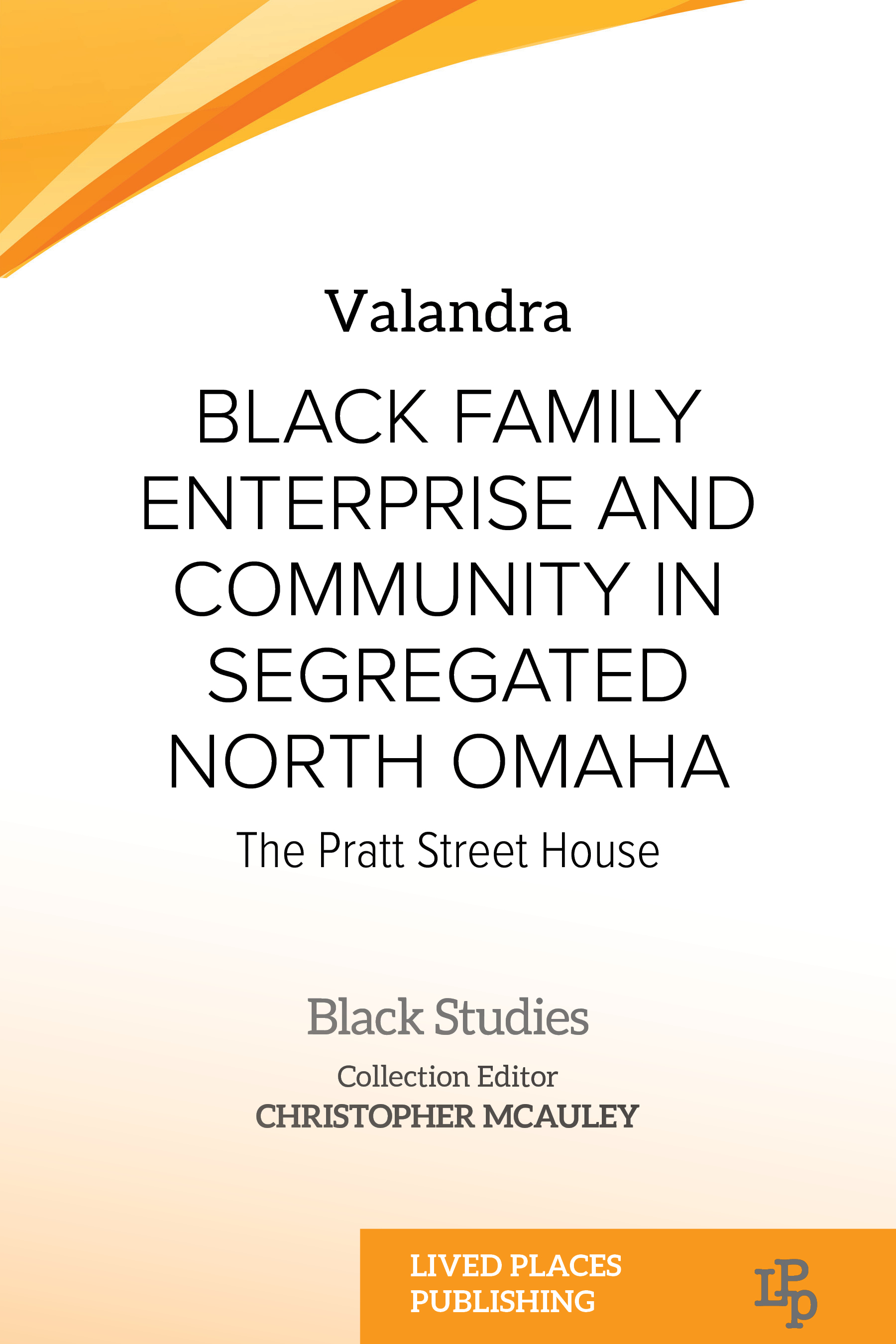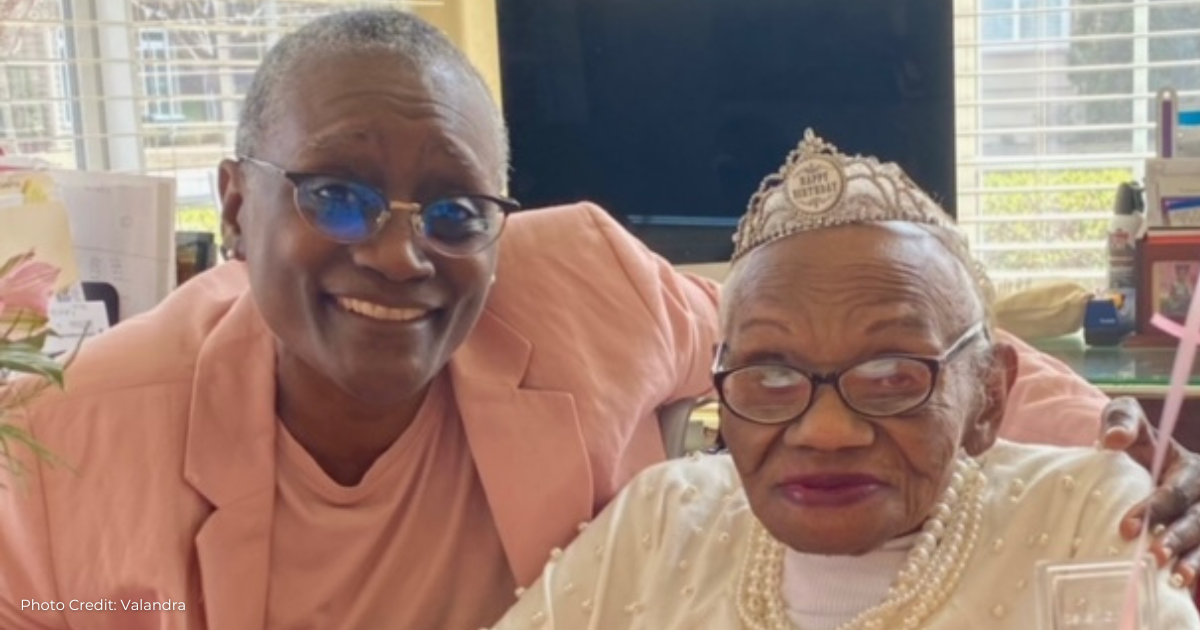My ancestor’s voices speak to me.
They call me in my sleep, through my dreams.
They say, ‘Remember me.’—Valandra, Rhythms of My Heart: Healing from Within
When I was born, my grandmother, Berdine Hall Williams, took one look at me and declared to my mother, Ida, “We have to fatten her up and lighten her up.” It would be many years before I understood the meaning and magnitude of her words. My grandmother had a lifelong generational mission not unlike that of her mother, Ida Henderson Hall, her grandmother, Willie Ann Rogers, and her great-grandmother, Lizzie Spotsell Johnson. She wanted me to survive. She wanted me to have a chance at life in a world that she knew from her own life experiences and those of our foremothers would not welcome, recognize, reflect, or embrace the humanity of a scrawny, dark-skinned girl child. I could hear the trepidation and determination in her voice in 2013 when I told her that I had received a job offer for a faculty position at the University of Arkansas. The first thing she asked me was, “Do they know you are Black?” followed by, “My home state better take good care of my first granddaughter.”
One way I think about my book is as a testament and tribute. It is a book about remembering and memorializing my ancestors within the context of multiple realities and experiences that shaped their/our lives, families, and communities over six generations and more than 186 years. Their collective resilience and strategic navigation were essential to ensure communal survival and perseverance in what author Christina Sharpe describes as living in the wake. In her book In the Wake: On Blackness and Being, Sharpe describes the afterlife of slavery as being in the wake. She argues that “one might approach Black being in the wake as a form of consciousness and … to be in the wake is to occupy and to be occupied by the continuous and changing present of slavery’s as yet unresolved unfolding.” One of the ways she uses the wake is “as a means of understanding how slavery’s violences emerge within the contemporary conditions of spatial, legal, psychic, material, and other dimensions of Black non/being as well as in Black modes of resistance (p.14).”
A Culture of Survival and Resilience
The past doesn’t lay down quietly
—Desmond Tutu
My grandparents had a consciousness about freedom that helped prepare them and us to resist. They overcame insurmountable obstacles daily and showed our families and communities, in word and deed, how to defy the white grip of exploitation and domination of our minds, bodies, and spirits to maintain our freedom and find joy despite living in the wake. Another way I think about my book is as an intergenerational bridge. I/we witnessed my grandparents’ fortitude and that of our neighbors every day in racially segregated, poor, and working-class rural communities and urban spaces reflecting the afterlife of enslavement. In this book, I invited our neighbors to share their stories of resilience, activism, and spirituality to illustrate the common and unique ways they/we navigate and celebrate life while passing our/their stories to our/their offspring, hoping to equip subsequent generations with the knowledge and skills necessary to live as free as possible.
Our courage, conviction, and commitment to living exemplify Black intergenerational resilience and determination. My ancestors provided a foundation for us, a launching place for carrying forward the cultural traditions of hope, faith, and healing. They carved out a niche in the wake for us to embrace our individuality, creativity, aspirations, and dreams, but not without intergenerational scars. Lastly, I think about my book as a resource for liberation. It is a story I longed to read growing up in a public school system that erased, reduced, and distorted Black culture and life. It is an origin story I wish I could have read as I transitioned into adulthood. A story that reflects the realities and richness of blackness and being.
 Dr. Valandra’s book, Black Family Enterprise and Community in Segregated North Omaha: The Pratt Street House, challenges stereotypical depictions of urban, working-class Black neighborhoods through the story of a house, a family residential care center, and a community in Black North Omaha from 1944 – Present.
Dr. Valandra’s book, Black Family Enterprise and Community in Segregated North Omaha: The Pratt Street House, challenges stereotypical depictions of urban, working-class Black neighborhoods through the story of a house, a family residential care center, and a community in Black North Omaha from 1944 – Present.
We want our books to be available to as many people as possible. If you’d like to purchase an individual copy, please email us and we’ll give you a discount code:
Image: Valandra and her grandmother on her 101st birthday.



